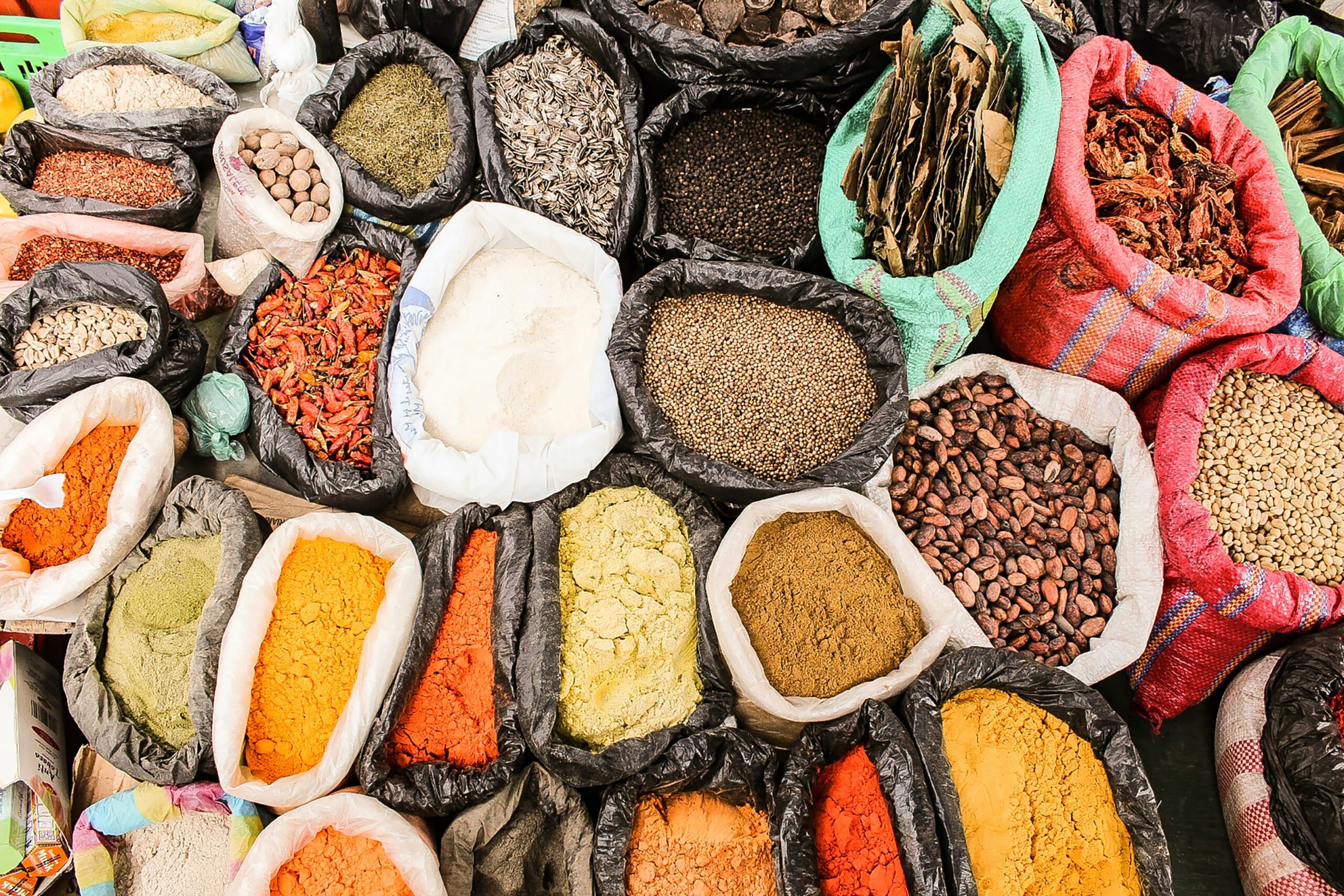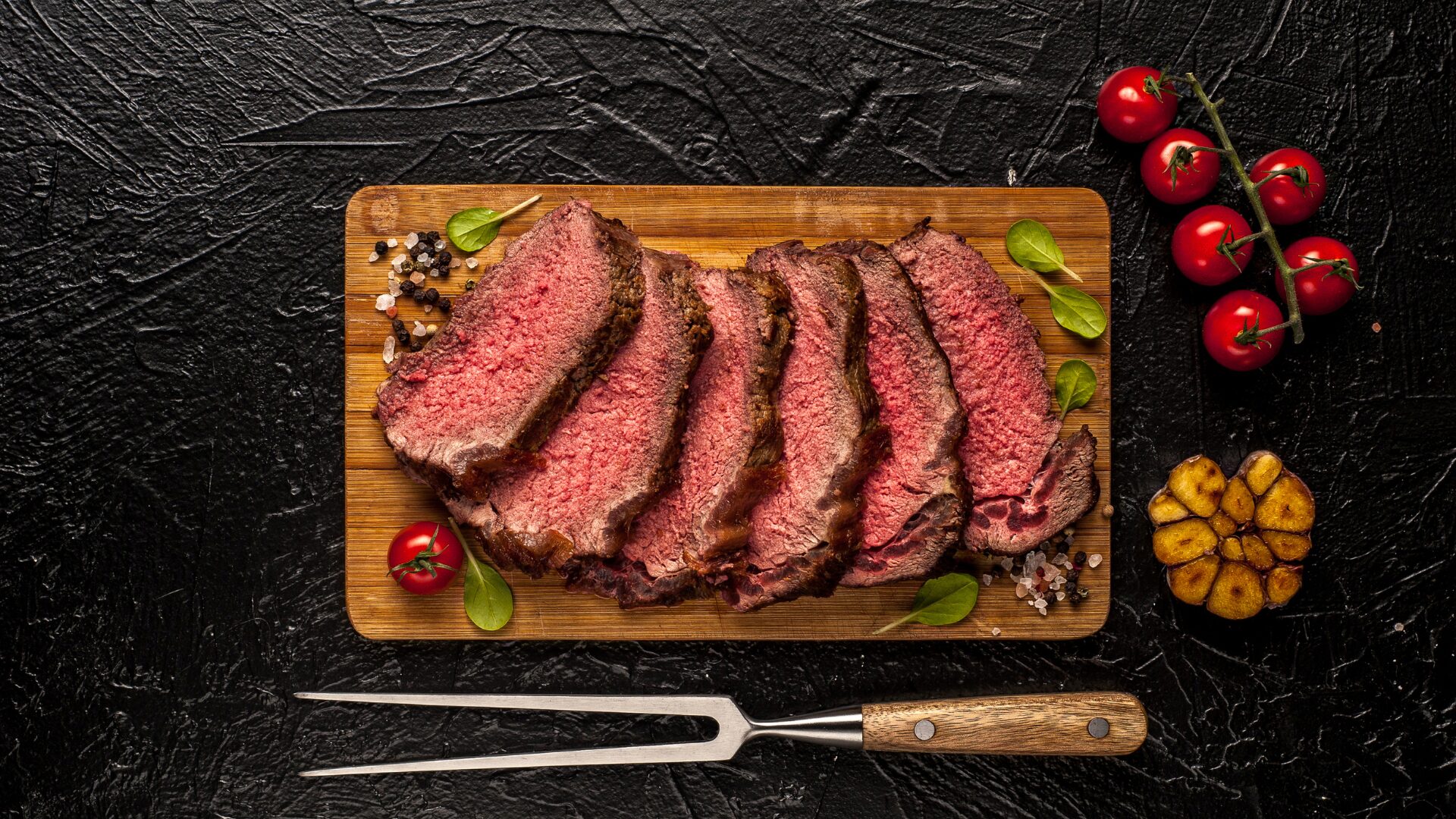Ecuador is one of the most biodiverse countries in South America. It encompasses the Oriente (Amazon), Sierra (the Andean highlands), and the Costa (the western coast).
While it’s known for the Galapagos Islands, being the original home of the Cacao, and the Panama hat, the country is also acclaimed for its diverse cuisines.
Ecuador’s gastronomy is rooted in indigenous traditions and Spanish colonial influences. When the Spanish colonized a large swath of Central and South America, they introduced new forms of foods, like pigs and goats. At the time, the indigenous land was fertile with crops like beans, avocados, and papayas, but the Spanish felt deprived of nutrients that they were accustomed to. Thus, by the 17th century, the Spanish had imported countless herds of cows, pigs, sheep and goats to Ecuador.
These days, Ecuador is filled with an abundance of exotic meats – not to mention fruits, fish, and seafood.
Adventurous travelers could do far worse than touring Ecuador and experiencing its rich culture and culinary scene. Vacationing there and trying its elaborate dishes has certainly been a favorite of mine over the years.
I’ve mostly spent my vacations in the Costa (Western Coast) eating fresh seafood and so, so many plantains. I’ve tasted various dishes from the Sierra, too. The Amazon has remained elusive to me … but it ranks highly on my bucket list.
Here’s a look at some of Ecuador’s renowned traditional dishes based on the regions from which they originated:
Sierra (Andean highlands)
In the Andean highlands, dishes are primarily based on potatoes, cheese, corn, pork, and avocados.
Llapingachos are small, fried patties made of mashed potatoes and cheese. The dish is traditionally served with fried eggs, avocado, and meat.
Hornado is a roasted pig dish seasoned with garlic, cumin, and beer. It’s served with fried potato patties, mote (corn), and plantains.
Fritada consists of deep-fried pork chunks that are served with corn.
Cuy or guinea pig is a delicacy eaten on special occasions in the Andes region. I have not tried Cuy and have no plans to try it. Yet, I’ve heard it’s good.
Canelazo is a warm cocktail that heats one up amid the region’s often chilly temperatures. The warm drink is made from rum, cinnamon, and naranjilla.
Costa (Western Coast)
Ecuador’s coastline highlights dishes featuring fish, plantains, yuca, rice, coconut, and tropical fruit.
The coast is my favorite place in Ecuador. The weather is always warm, the ocean beckons, and being able to eat fresh seafood is always appreciated. And bolón – the region’s prized breakfast dish – is one of my favorites, mostly because I absolutely love plantains. Bolón features boiled plantains mixed with cheese and sometimes pork, and fried in a pan.
Encebollado is a fish-based breakfast stew made with yuca, tomatoes, onions, peppers, lemons, and accompanied with plantain chips.
Encocado is a coconut-based dish that includes different kinds of seafood like fish, prawns, lobster, or shrimp. It is served with rice or plantains.
Oriente (Amazon)
In the Amazon region of Ecuador, traditional dishes tend to be more exotic and feature local ingredients.
Stewed guanta features a rodent that feeds on seeds and fruits. The dish is served with beef, banana, garlic, and rice or potatoes.
Uchumanga is a dish made of river fish that includes its intestines.
Tamal contains banana or yuca pieces roasted with chonta worms in palm leaves.
Chicha is a drink made from fermented corn or yuca.
These are just a few of Ecuador’s array of delicious dishes. If you visit, make sure your appetite is in tow. Additionally, make sure to bring an open, adventurous mind to a region that’s finally earning widespread respect for its culinary scene.
The Food Institute Podcast
Corn stocks, poultry flocks, and highly-pathogenic avian influenza – what does the U.S. agricultural system look like amid inflation and other headwinds? Wells Fargo Chief Agricultural Economist Dr. Michael Swanson discussed specialty crops, grain plantings, and what to expect in the growing year to come.











